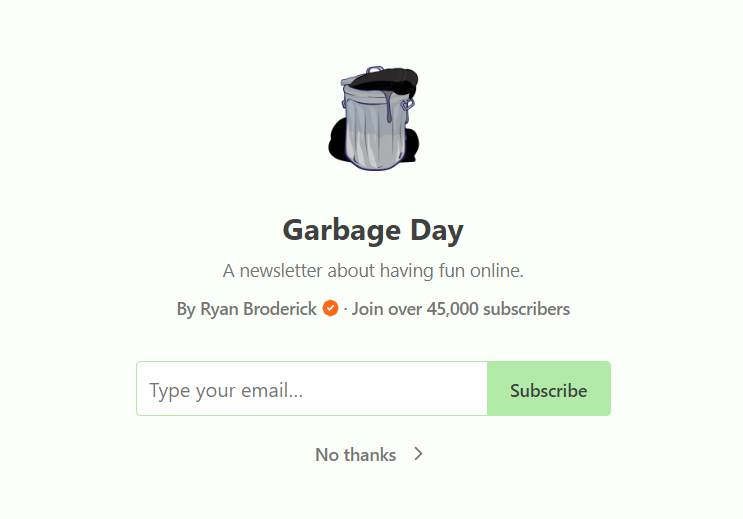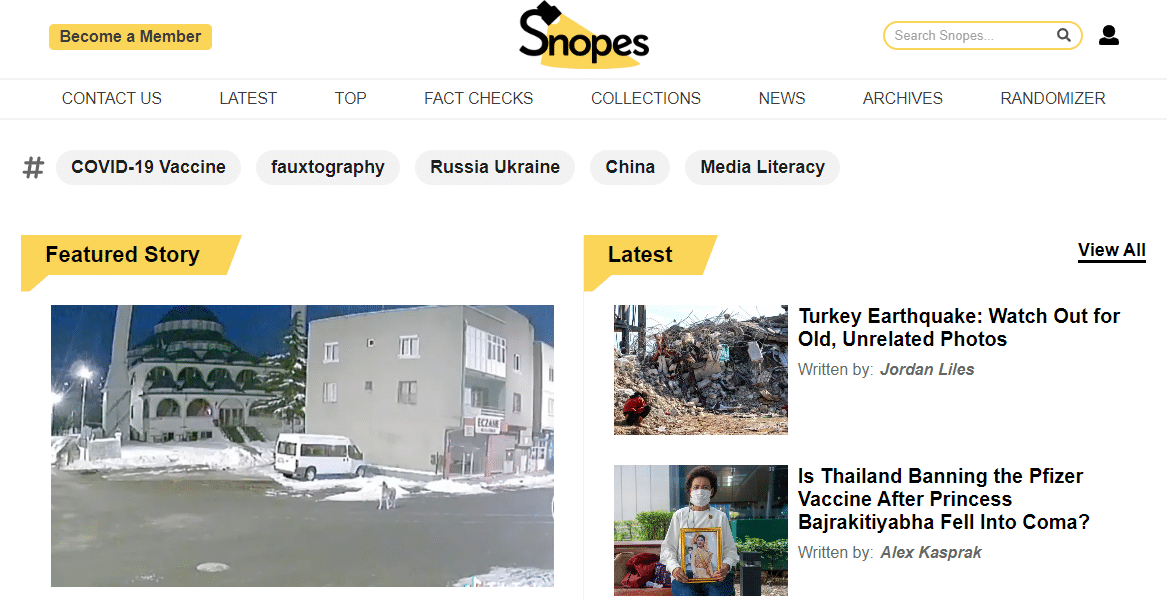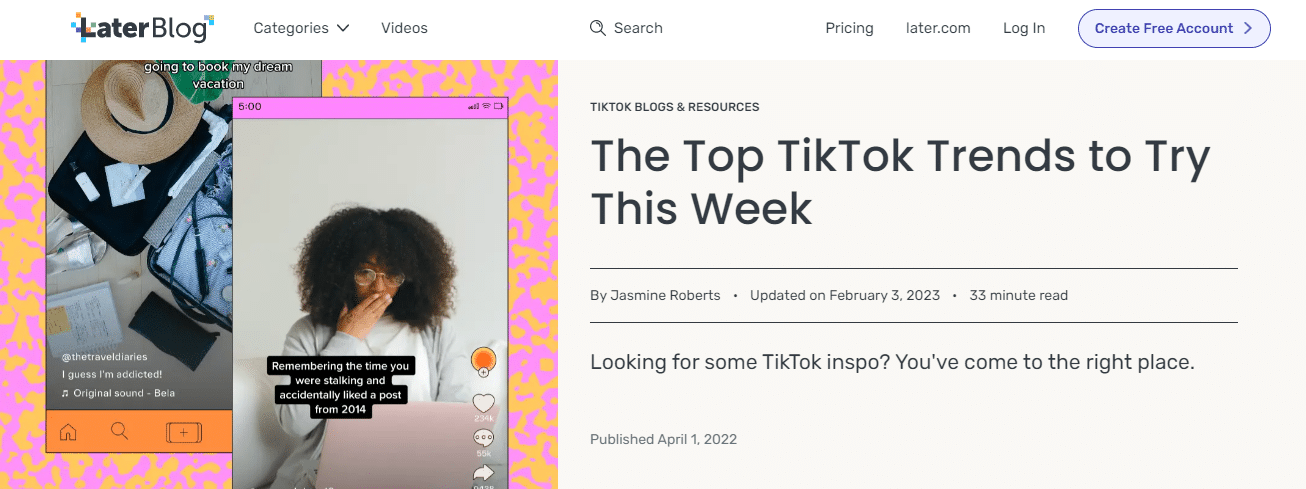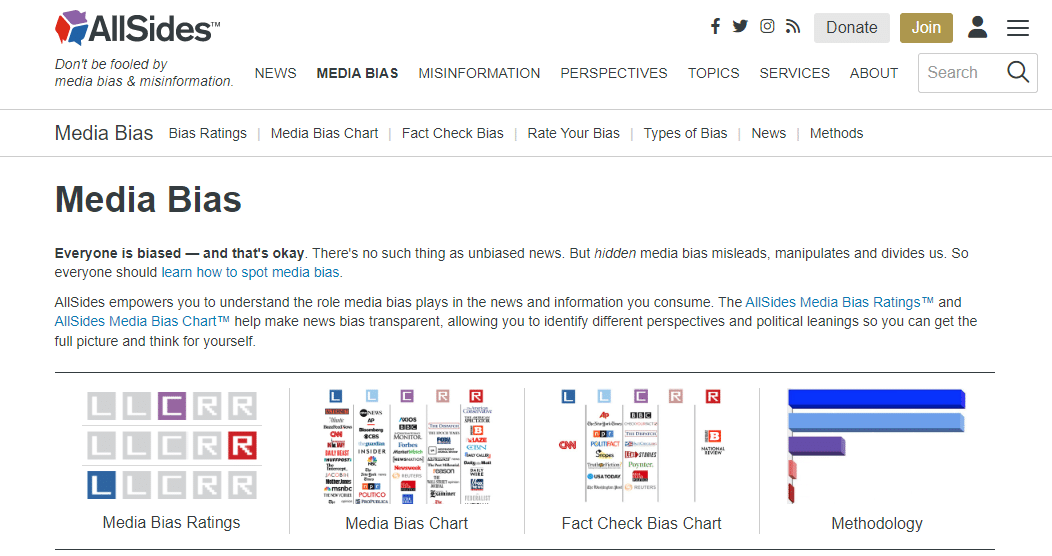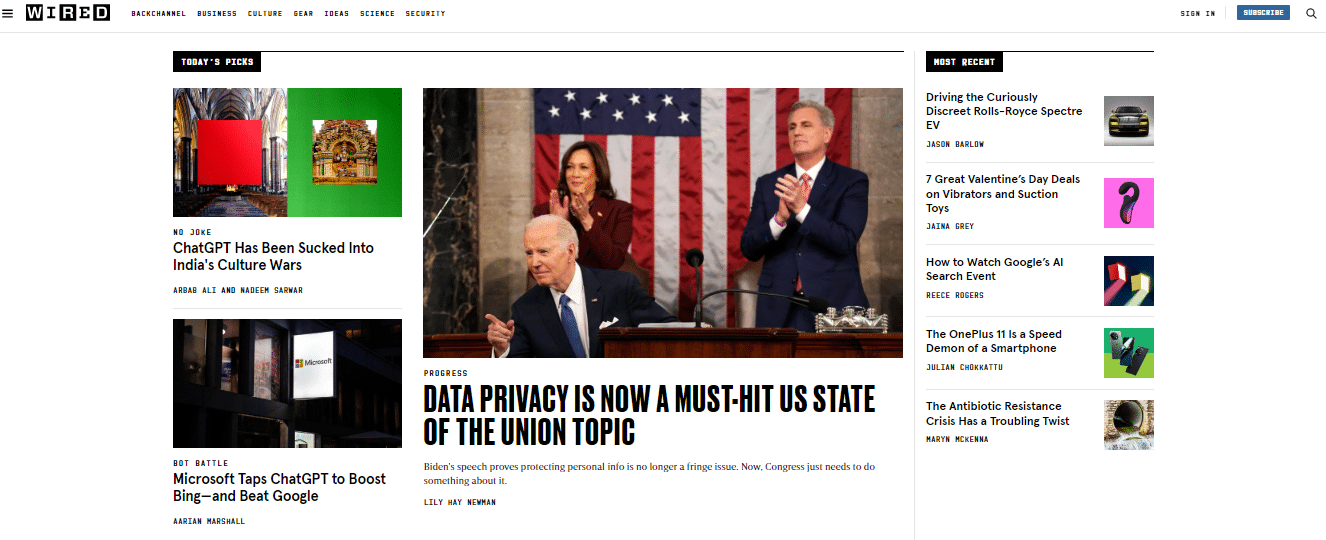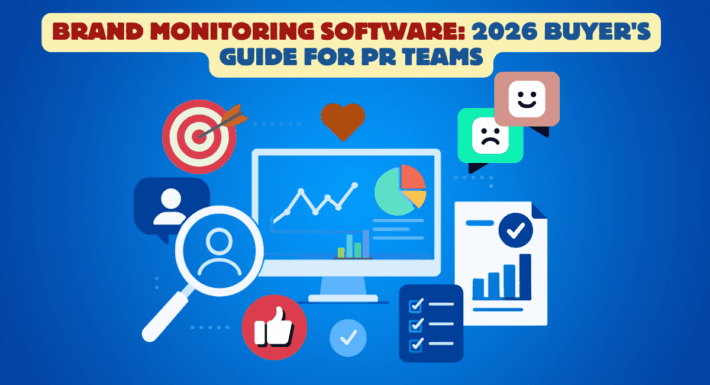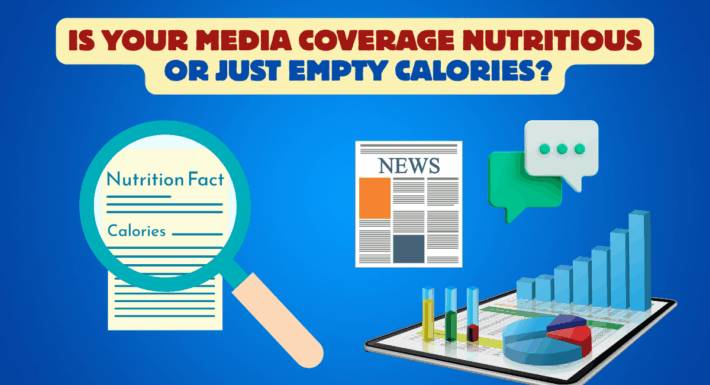9 Viral Resources PR Teams Should Read to Understand the Internet
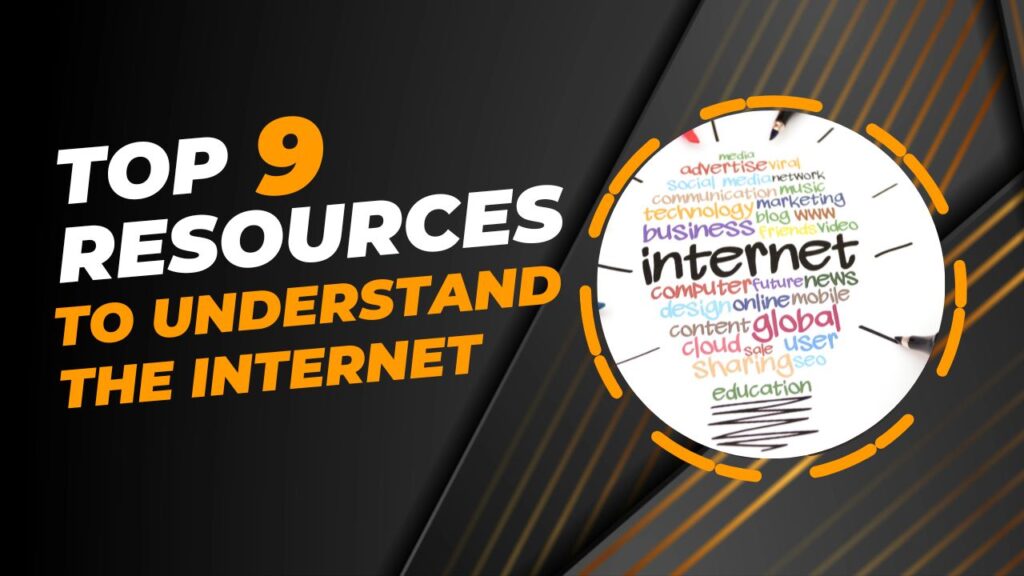
Keeping up to date on trends from social media, tech, the news industry and even social media memes is nigh impossible unless you have boundless time. This is especially true for PR professionals working with brands that are online, everywhere, all at once.
To help keep you up to speed, Fullintel has collected nine resources to help you understand trends, write viral content, and hopefully even laugh a little.
The sources below cover research organizations, expert sourced fact-checking, technology, media news, and a single Substack newsletter that’s a must-read for anyone engaging on social media.
Let’s dive in.
9 Must-Read Resources to Help Figure Out The Internet
1. Pew Research Center: Beginning with the must-haves, we present the Pew Research Center: The preeminent resource for media research, facts, and trends in how news is collected, created, and consumed.
Pew uses survey research to evaluate which news sources the public consumes, breaking down demographics by medium and source (individual social networks as an example). It has tracked media consumption for approximately 20 years. If you’re building a PR strategy and don’t know what your audience reads, this is a great starting place to understand the macro-story of the impact media can have.
2. Garbage Day: Garbage Day is a Substack newsletter written by author, columnist, and web expert Ryan Broderick. The hilarious and insightful almost-daily newsletter dives deep into weird, wacky, and important issues that surface on Twitter, Tumblr, TikTok, and the news media.
From Broderick’s vantage point, all these sources interrelate and drive each others’ madness. He’s hitting on the right point – they are connected and feed one another, such as when news articles are written based on social trends. And if we didn’t have news or entertainment TV, what would we have to be outraged about?
If you aren’t someone who is extremely online but work for brands that are, you could do worse than reading Garbage Day to get yourself up to speed.
3. Poynter.org: Like Pew, Poynter has an impressive pedigree of evaluating the media, and touches on media consumption habits as well. What Poynter is best at, though, is evaluating what publications still exist while highlighting the decline in local journalism, such as a photo essay documenting what more than 100 newsrooms in Kansas look like these days.
When people blame “the media” they typically don’t think about rural newspapers that provide vital hyper-local coverage but struggle to exist. Reading Poynter can help you understand why a story wasn’t picked up, for example (maybe the paper is dead, or journalists were laid off), and trends on what newsrooms are really looking for.
4. Snopes: Before you make fun of someone’s online conspiracy theory, or if someone makes a joke in a blog that you think has a secondary context, check Snopes. Snopes has perfected online fact-checking. But it doesn’t just evaluate news articles – it evaluates everything it can get its hands on to pressure test truthfulness.
- Need to know if someone’s really dead because you saw it trending on Twitter? Check Snopes.
- Viral video of a rat eating a pizza slice while driving a car, and you want to use it as part of an ad? Check Snopes!
- Did someone famous say something 30 years ago and it is bubbling up now? Check Snopes!!!
Sure, some of the topics are funny – but misinformation and disinformation are pernicious attacks on truth. When it comes to defending reality against fiction, Snopes is at the vanguard.
5. Later.com TikTok Trends Blog: With audio snippets, threaded video replies, mash-up video editing, and more than 700 million users, TikTok has a lot to offer despite the increasing political pressure building against the platform in some quarters. If spending hours understanding its features and engaging its communities is too much, reading Later.com’s TikTok Trends blog is a good primer for the uninitiated (and can act as a reasonable proxy for engaging with it altogether).
If you don’t have young people or highly invested social-media users in your life, diving into trending TikTok themes can keep you informed enough to pretend you know what you’re talking about. Fake it till you make it, with Later.com’s TikTok Trends.
6. AllSides: The media is biased, all of it, everywhere. That’s not to say that the media writ-large isn’t truthful (see Snopes), but that news is created by humans and all humans have inherent biases. These days, the way news is framed has become a meta-story about the media unto itself. Who gets blamed for something that happened? What language do editors use in the headline? How are certain stories framed?
Allsides.com uses headlines and leads from stories, as well as links to those stories, and presents the varying takes depicted in the media, including right-wing, left-wing, and neutral presentations of the same story. If you need to know how your story will be picked up, and what polarity to expect, Allsides.com gives you the Coles Notes on which hot take might ruin your afternoon.
7. Know Your Meme: Before you hit send on that email or tweet with a funny GIF, please, we implore you, check Know Your Meme! With funny graphics, stories, and ideas emanating from the fever-swamps of the internet (4Chan and its ilk), Know Your Meme can keep you and your brand out of hot water by telling the backstory to that hilarious video you keep seeing.
Take for instance the Pepe The Frog meme that, beginning in 2015, WAS adopted by the Alt-Right and used widely in racist content. If you’d slept through the years 2015 to 2021, but remembered Katy Perry using the meme in 2014, you might think “Hey, that’s a cool frog, let’s tweet with it!”
Now, before you do that, check Know Your Meme – and prevent your brand from being annihilated on the Internet.
8. Similarweb’s blog: SimilarWeb has the strongest and most comprehensive online reach data in the world, in terms of understanding what websites generate what volume of traffic. With that data, Similarweb can shape analyses and insights that help your brand, and communications teams compete.
From long-form thought leadership about audience research techniques, and lists of top companies in terms of website reach, you can collect best practices easily with or without a subscription to Similarweb’s platform. Knowledge is power, and Similarweb is powerful.
9. Wired Magazine: Wired continues to be one of the best websites for understanding the intersection between technology and media. That intersection has become busier as more technology companies either invest, buy, or act like media companies. Wired plays an important role in describing how social media platforms grow and die, and provides insightful political commentary from a data perspective. Its coverage about culture and business is deeper than many major news organizations, including identifying trends in e-sports, the Metaverse, along with unflinching critical takes on the golden cows of our digital world.
If mainstream news isn’t your thing, but you still want a slice of normative content that keeps you informed (as opposed to misinformed), Wired is a great resource to trust.
Now, we’d add the Fullintel blog on this list too, but that would be a bit self-promotional. Still, we welcome you to sign up to our newsletter – and if you think another website should be on this list, we’d love to hear from you!


